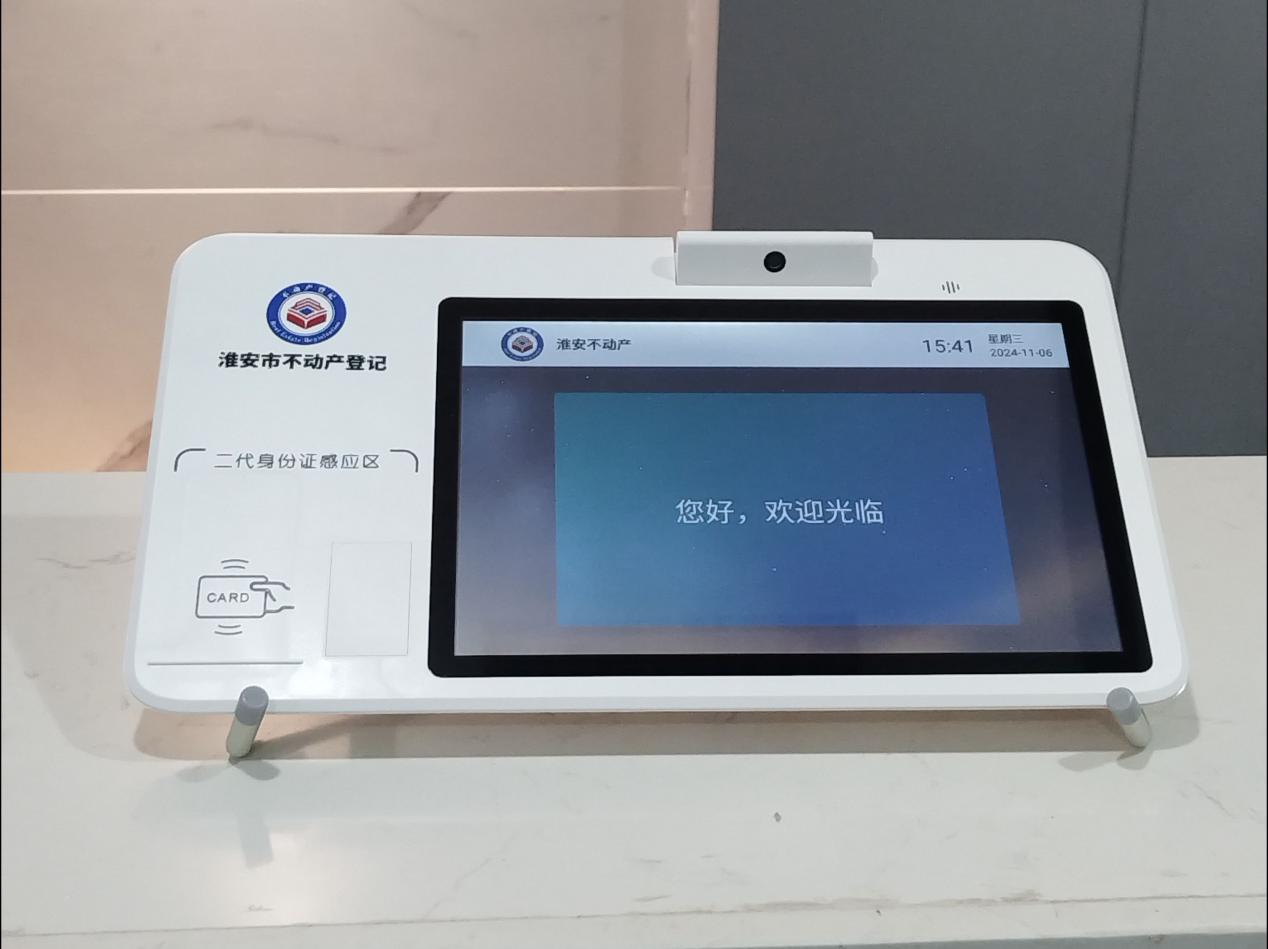In the traditional government affairs service model, people often faces many inconveniences: they need to make multiple round trips to the government affairs hall, repeatedly submit various materials, and wait in long queues in front of the windows. This series of cumbersome processes not only leads to low handling efficiency, but also consumes a lot of time and energy of the public, resulting in a poor experience. The core goal of paperless government affairs office work is to reconstruct the service process through technological innovation, enabling "data to run more and people to run less". The following analyzes how to achieve convenience and efficiency improvement through paperless office work from three dimensions: process optimization, technological empowerment, and scenario innovation:

Ⅰ. Process Re-engineering: From "Serial Handling" to "Parallel Joint Handling"
In the traditional government affairs model, the public needs to submit materials one by one according to departments and links, often resulting in multiple trips due to fragmented processes. Paperless office work breaks the barriers through "parallel process + material standardization":
"One-window Acceptance" Replaces "Multiple-window Round Trips"
Integrate the business systems of multiple departments into a unified paperless platform. The public submits materials once at the comprehensive window, and the system automatically distributes them to each related department. For example, when handling "enterprise establishment", the applicant submits electronic materials such as electronic business licenses and official seal filings at one window in the government affairs hall. After approval, departments such as industry and commerce, taxation, and banks can obtain data simultaneously without having to go to different windows separately. Data from a pilot city shows that the number of trips for enterprise establishment has decreased from 3 times to 1 time, and the time consumption has been reduced from 2 days to 4 hours.
Implement Electronic "Tolerant Acceptance": When non-core materials are missing, the public can promise to supplement them through the paperless platform (confirmed by electronic signature) and handle the business first and then supplement the materials. For example, when handling construction permits, if the qualified review certificate of construction drawings is missing, a "tolerant acceptance commitment" can be signed first, and then supplemented online later to avoid turning back due to incomplete materials.
"Cross-level Transfer" Replaces "Layer-by-layer Submission"
The government affairs windows at the county/city level are directly connected to the provincial government affairs cloud platform through the paperless system. The electronic materials submitted by the public at the grass-roots windows are directly uploaded to the superior approval system. For example, for low-income assistance applications, after the applicant submits electronic proof materials and signs at the community window, the district civil affairs bureau and the city civil affairs bureau can conduct online reviews without having to manually submit paper materials level by level, the approval cycle could be reduced significantly.
II. Technological Empowerment: From "Manual Operation" to "Intelligent Drive"
Paperless office work relies on technologies such as big data and AI to achieve full-process automation, reducing the operation costs of the public:
Automatic Data Filling and Verification
Connect to basic databases such as population, legal persons, and electronic licenses, and automatically retrieve the public's information and fill it into the form. For example, when handling retirement procedures, the system automatically extracts data such as age, years of service, and social insurance payment records based on the ID number. The public only needs to check and sign electronically, and the form-filling time could be reduced from 15 minutes to 2 minutes.
Introduce OCR (Optical Character Recognition) technology to scan paper materials (such as real estate certificates, contracts) and automatically convert them into electronic texts to avoid manual entry errors. After a certain real estate registration center applied OCR, the material entry efficiency increased by 3 times, and the error rate decreased from 8% to less than 1%.
"Intelligent Approval + Electronic Signature" for Instant Completion
For simple matters (such as social security inquiries, issuing residence certificates), set approval rules through the paperless system. After people electronically signs and confirms, the system automatically completes the approval and generates electronic licenses. For example, when the "Second Approval" system handles the household registration of fresh graduates, the applicant can obtain an electronic approval notice within 10 minutes after submitting electronic materials and signing online without having to go to the window.
Electronic signatures and handwritten signatures have the same legal effect, replacing the traditional seal-stamping link. For example, when an enterprise handles project filing, after completing the electronic signature on the paperless platform, the filing form is automatically stamped with the electronic official seal of the development and reform commission and can be directly downloaded and used without having to go to the window for stamping.